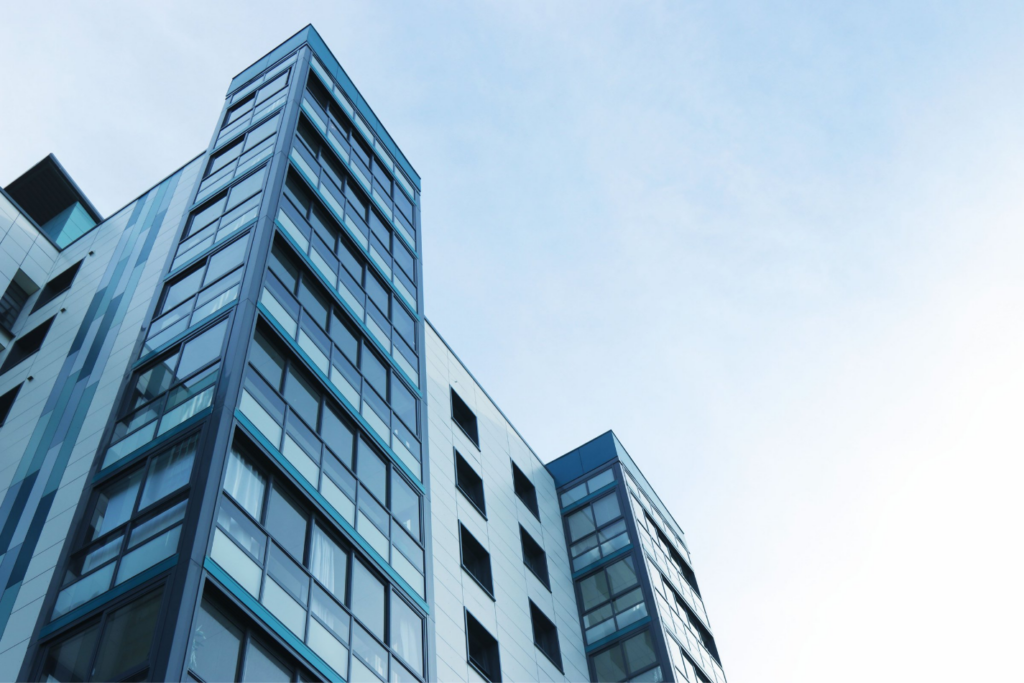When searching for an apartment, you’ll be presented with a series of different locations. However, if you see similar apartment listings on a property-searching website, you might be slightly confused. But you don’t have to be because these property types follow the same numbering system as houses.
Although, knowing how their numbered undoubtedly helps with selecting your property because you don’t know where it’ll be in the building. Therefore, here’s how apartments are numbered.
Apartment unit numbers usually begin on the ground floor, and they typically have three digits that run clockwise (sometimes counter-clockwise). For example, unit one on the ground floor will be 001. The first “0” will indicate the floor level, and the last two digits, “01,” will be the unit number. Combine these, and you receive an apartment number of 001.
After reading the above, you should be able to understand how apartments are numbered.
To gain better visualization of this, here are a few more examples:
- Apartment number 101 – Floor level “1” apartment unit of that floor “1”
- Apartment number 211 – Floor level “2” apartment unit of that floor “11”
Although you must remember that the numbering system varies from state to state, depending on the rules and regulations of property identification, if you want to know why apartments are numbered this way, I suggest you become familiar with the below.
What’s The Purpose Of Apartment Numbers?

Because there’s a system in place to generate apartment numbers, there must be justified reasoning behind it. As you can imagine, there is.
Having numbered units laid out like this can help with an array of day-to-day issues. Here are the three main reasons why they’re like this.
Location
The first and most prominent reason why apartments are numbered like this is to provide an exact location. Although this might seem obvious, something less apparent is how emergency services utilize this information.
Within local records for police departments, they have flooring plans for all apartment complexes to ensure they understand the layout of the building in the event of an emergency.
In these plans will be a number system which the developer has conducted. For instance, they might suggest three-digit strategies: the first digit being the floor, the second and third digit being the unit number. Also, they might suggest which order they follow, such as clockwise.
Emergency responders can quickly identify where an apartment unit is located inside and outside the building by having this information.
Therefore, depending on the situation, they can successfully enter the apartment unit in either condition.
Identification
Additionally, it’s the identification of the property. Without having this, visitors, emergency responders, mail, and much more won’t know which unit they need to locate.
Because there are sometimes 100s of different units in a singular apartment block, a number system is required.
It’s the same as house numbers; for someone to visit a house, they must have the number associated with that property. Not having this significant piece of information is like finding a needle in a haystack.
Therefore, to have a clear allocation, a number is used using a simple format.
Uniqueness
Currently, in the United States, there are 132,736,055 different households. I’m no genius, but that’s a lot. Because of this, you need a unique address.
Property addresses are never duplicated in the US to ensure optimal efficiency in locating a particular property type. It helps with various day-to-day activities like mail, GPS, and, most importantly, emergency services to ensure optimal safety.
Without a unique number or address, it would be a nightmare to locate a unit promptly. Therefore, having a numbering system like this comes down to providing you with the most effective safety.
Now you’ve become knowledgeable on the above, you should clearly understand what the purpose is for apartment number systems. After understanding this, it’s easy to develop a vision of why this type of numbering practice occurs.
Why Do Apartment Buildings Start From Number 100?
If you’ve visited an apartment, live in one, or have gone to a hotel, I’m sure you’ve noticed that mostly all unit numbers start at 100. Although it can seem rather odd, there’s logical reasoning behind this.
Referring to the information suggested above about the flooring system, that’s the exact reason. Most apartment buildings or hotels rarely have units on the ground floor.
Usually, this is where the reception or storage units are. Because of this, the actual properties will begin on the first floor. Therefore, it’ll start from 100, with the first digit indicating that it’s the first floor of the building.
Notably, this is true for the majority of apartments but not all. In some cases, large building complexes like apartments will follow a number and letter system.
Instead of the first digit showcasing which floor the unit is located on, they’ll use letters from A-Z (A being ground floor, B being the first floor, etc.).
Can You Change Your Apartment Number?
Perhaps you’ve moved into an apartment with an unlucky number such as 13, 17, or 39, or just a number especially unfortunate because of personal experiences.
Whatever the reasoning for the unlucky digit, it’s expected that people would like them changed to reduce the amount of luck an individual receives. But can you change your apartment number?
You cannot change your apartment number in most circumstances because they’re specially delegated to identify the unit’s exact location.
Additionally, because most apartments are rental properties, you won’t own the unit. Therefore, you won’t be able to change your apartment number.
Unfortunately, this isn’t the case with house numbers, as you can change them if it’s suitable to your cities, towns, or state’s policies.
For example, someone might change their number from 13 to 12a.
After reading the above, you should understand the reasoning behind apartment numbers and how much information they show.
It’s surprising how much detail is showcased in small digit numbers. However, they could potentially be lifesaving, which is remarkable.
